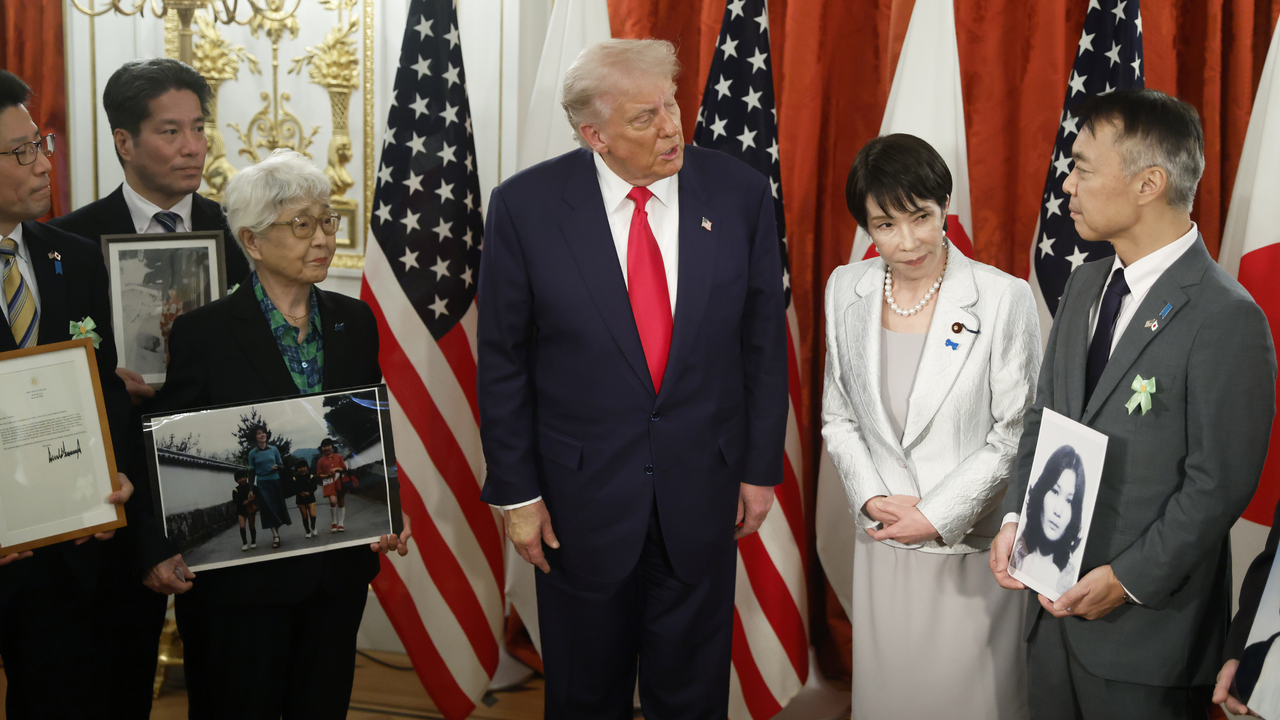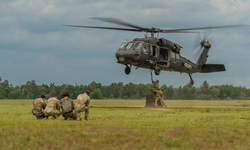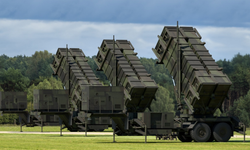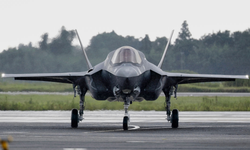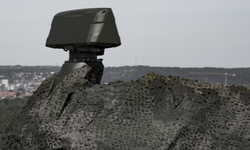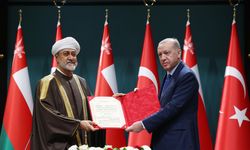U.S. President Donald Trump and Japanese Prime Minister Sanae Takaichi met in Tokyo on Tuesday to advance defense and economic cooperation, signing agreements on trade and the secure supply of critical minerals. The meeting underscored both nations’ shared goal of reducing dependence on China for essential materials used in defense and advanced technologies.
The two leaders met at the Akasaka Palace, where they discussed regional security issues and Japan’s plans to accelerate its military buildup. Takaichi reaffirmed her government’s commitment to raise defense spending to 2% of GDP, aligning with NATO standards and reflecting Tokyo’s growing concern over regional security challenges.
Trump welcomed Japan’s intention to purchase additional U.S. defense equipment and praised the country’s efforts to contribute more actively to regional security. “Everything I know from Shinzo and others, you will be one of the great prime ministers,” Trump said during the talks, referencing former Japanese leader Shinzo Abe, who had built a close personal and diplomatic relationship with him during his previous term.
Critical Minerals AgreementA key outcome of the meeting was the signing of a bilateral agreement on critical minerals and rare earths, aimed at diversifying supply chains and securing access to materials vital for defense and high-tech manufacturing. The framework will guide both countries in identifying joint projects related to magnets, batteries, and mineral stockpiling over the next six months.
The initiative reflects growing concerns among both governments over China’s dominance in global rare-earth production. The deal also aligns with broader U.S. efforts to establish resilient supply chains for defense and technology sectors.
Economic CooperationAccording to officials, Japan is expected to expand investments in the United States under a previously agreed $550 billion package covering industries such as shipbuilding, energy, and artificial intelligence. At least ten Japanese companies are reportedly preparing more than $400 billion in additional investments, complementing existing trade commitments.
During a working lunch featuring U.S. rice and beef and vegetables from Takaichi’s hometown of Nara, the Japanese leader presented Trump with a map of major Japanese investments in the U.S. since 2009.
Security and Regional IssuesTrump also met with relatives of Japanese citizens abducted by North Korea decades ago, reaffirming Washington’s support for Japan’s call for a full accounting from Pyongyang. “The United States is with them all the way,” he told reporters following the meeting.
Both leaders emphasized the strategic importance of the U.S.–Japan alliance in maintaining regional stability, with Takaichi pledging that her government would “fast-track efforts to enhance Japan’s defense posture and contribute to global peace and stability.”
Later in the day, Trump and Takaichi were scheduled to visit the U.S. naval base at Yokosuka, home to the aircraft carrier USS George Washington, underscoring the military dimension of their cooperation.The Tokyo meeting marks a key step in Washington and Tokyo’s broader Indo-Pacific strategy, with implications extending to both security and industrial domains. Trump’s Asia tour continues this week with stops in South Korea and a planned meeting with Chinese President Xi Jinping.
